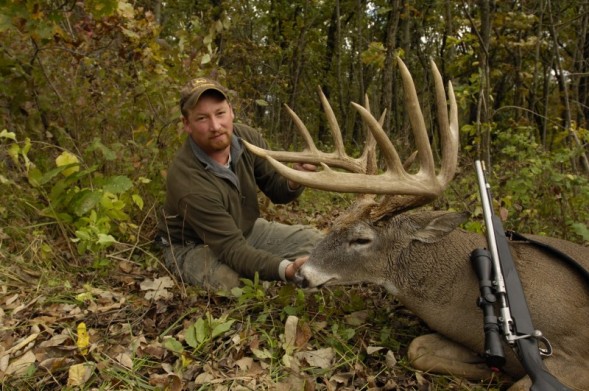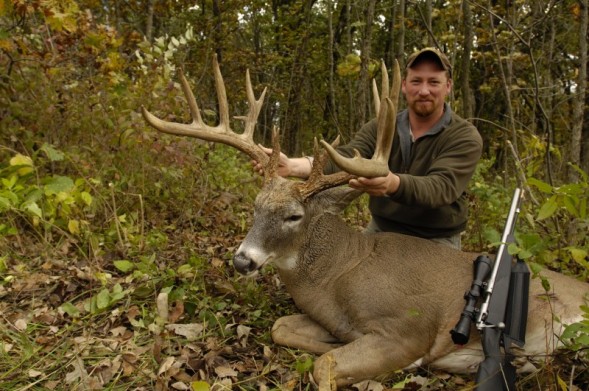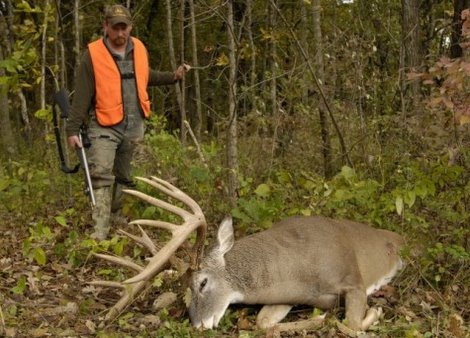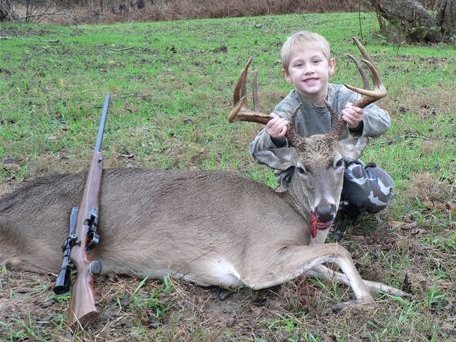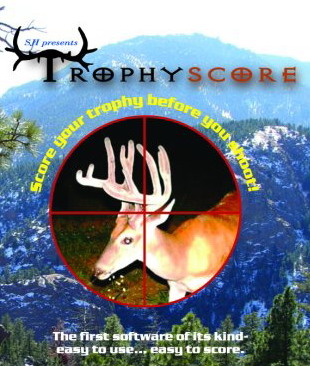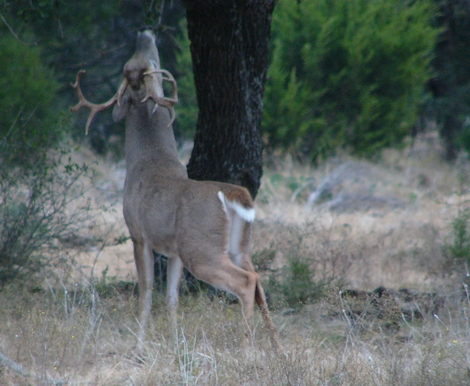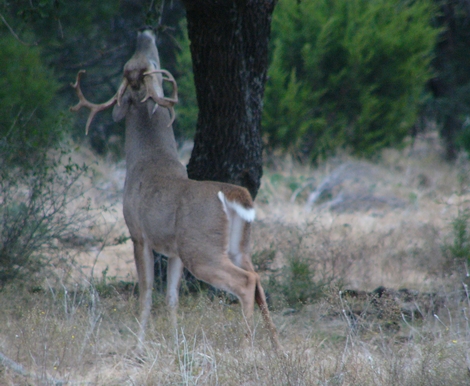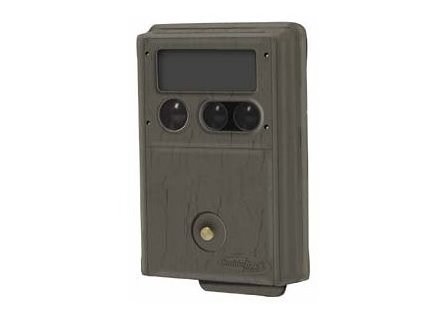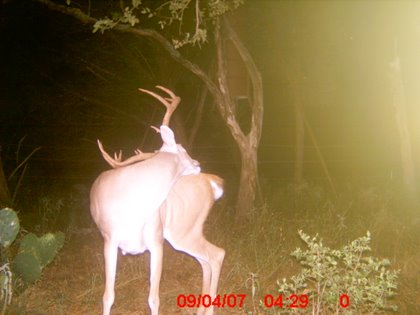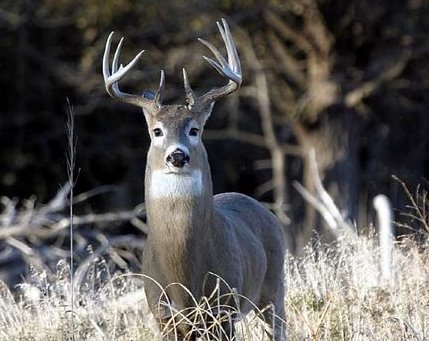
You have seen it on TV. You read about it in the hunting magazines. And you have even tried it once or twice. But the question still remains, “will it work for me?” Can I really expect to bang these antlers together and blow on this deer grunt call and have a buck come running? Yes!
I too was very sceptical about rattling at first. But pay attention, because I am not going to give you a story about the herds of white-tailed bucks that are now running my way. Why? Because I have not had that problem. Bucks don’t always come to rattling antlers, but sometimes they will.
Rattling has both advantages and limitations. Hopefully, after reading this article you will be able to see the tool of rattling for what it truely is, a tool.
Rattling in bucks works on the principle that upon hearing two fighting bucks, any buck hearing the fight will assume the deer are fighting over a doe that is ready to breed. What buck wouldn’t come running to that situation?
Different bucks may come to rattling for different reasons, but antler rattling has something to offer bucks of all ages. Mature bucks are most likely to approach with the mindset to whip the bucks that are in his territory trying to breed “his” does. An inmature buck may come to try and sneak away with the doe while the two fighting bucks are too distracted to notice.
During the rut, as seasoned hunters have learned, white-tailed bucks loose a good bit of caution. In fact, they just do stupid things that they would not normally do. Whatever the reason, and there are more than a couple, there are good reasons to believe that rattling in a deer should be a good method to use to harvest your next buck.
Now, keep two things in mind: 1) rattling has something to offer all age classes of bucks, and 2)the rut is one of the urges that bucks have a hard time controlling. These two factors are what make rattling so effective. It is also very exciting when it works!
So we have talked about why rattling will work, but anyone that has rattled knows that failure is much more common that success. Why? There is a flip-side to antler rattling that you rarely hear more than a comment or two about on the outdoor shows. Just like there are reasons that it will work, there are numerous reasons as to why rattling will not. In fact there are man more reasons that it won’t work.
Let’s start with the obvious. It’s not the rut. Rattling for bucks should only be done during and around the rut. It will not be very productive to rattle if the bucks aren’t interested in the does. Pay attention in the field and learn when the rut usually occurs in your area. Because if its not the right time of year, deer will likely move away from the sound instead of towards it. They know something is wrong.
Next, a buck that is already with a doe will not leave her to come to your mock fight. What incentive would a buck have to go fight over a doe when he’s already won one. When a bull elk hears another bull elk bugle, he will often take his herd and move them in the other direction, further from rival bulls. I am not sure on whether or not deer do this, but I can imagine a whitetail buck moving himself and his doe away from the fighting bucks.
Also, when the buck to doe ratio is near even, say 1:1, rattling is much more effective.This has the effect of raising the competition for the does to a much higher level. If there are 10 does for every buck, there just will not be many fights between bucks. However, fewer does per buck means a lower chance that any particular buck will get to breed any particular doe. This will make bucks more desperate to find a doe to breed. Apon hearing a fight (that’s you and your antlers) they will be many times more likely to come running.
Now, let’s discuss education. Not yours, but the buck’s that you are hunting. I believe bucks get rattled in more times than we even think, but live through the experience. Most people I know have tried rattling at some time, yet few have ever had it work. Since I know that the method does work, I believe that most of these hunters are either set up wrong (get busted without even knowing it) or quit hunting early, never giving the buck a chance to work within range. Either way, the buck learns that not all rattling is necessarily other bucks fighting.
Remember, bucks are not likely to come straight to the sound of rattling on a dead run. They will most likely sneak in to the location. Often, bucks will circle down wind. If they catch the hunter’s scent before the hunter sees the buck, or if they see the hunter get up and leave, then the buck will be even more cautious in the future.
Another very important reason that a buck may avoid your antler rattling is the fear of getting whipped by bigger bucks. Although the buck in the distance listening to your rattling may be a good-sized deer, he may have recently got his butt kicked and is not be looking for more.
Ok, so we discussed why rattling will and will not work. No, antler rattling is not a cure-all for getting your buck this season. And it’s not something that only works in Texas. The reality of rattling is found somewhere in the middle. Now that you know this information, if you find yourself in the right place at the right time, and you’ve got a handle on the deer herd, it’s time to put rattling to work for you.
